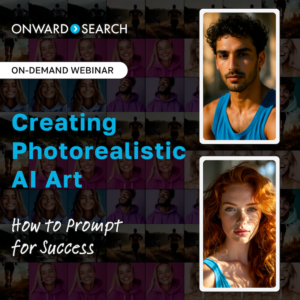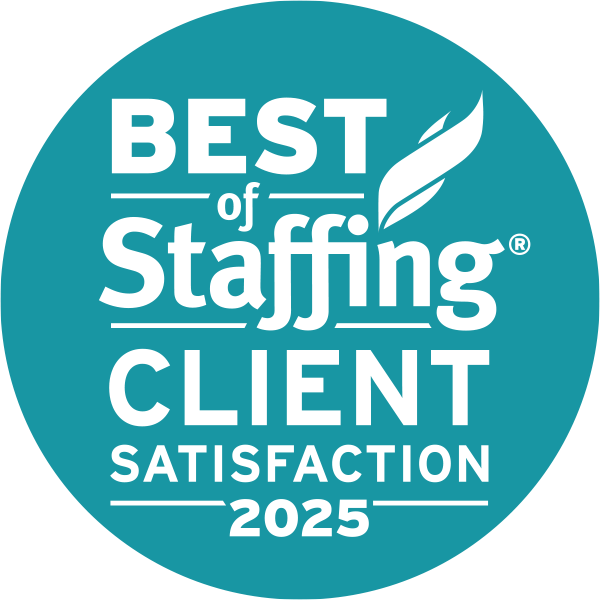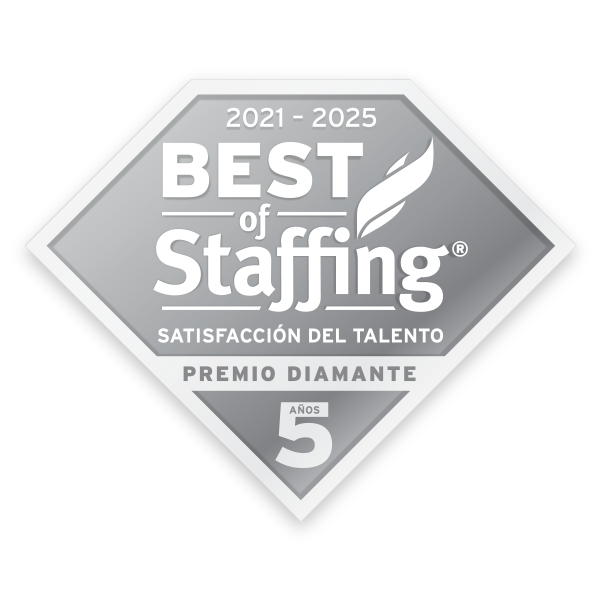
A lone figure in a long coat stands in the dirt with a futuristic cityscape in the distance. The distinct combination of rubble, smog, and intense orange light make it clear he’s in a post-apocalyptic world.
Which of the above images do these words describe? The answer is both, and that’s the problem. One is an AI-generated, Tesla-branded graphic. The other is a frame from the film Blade Runner 2049. And the difference between the two wasn’t strong enough to prevent legal action. While most AI-related IP lawsuits target the AI companies themselves, the Blade Runner 2049 filmmakers chose to sue Musk, Tesla, and Warner Bros. Discovery directly.
In separate instances, OpenAI, Meta, Microsoft, Anthropic, and Midjourney have all faced lawsuits over alleged IP infringement — with plaintiffs ranging from independent artists to major brands. For creative and marketing leaders, the takeaway isn’t to stop using AI tools; it’s to use them smarter. The more AI advances, the more critical adoption becomes. The key is knowing how to leverage it legally, ethically, and without crossing trademark or copyright lines.
1. Set Clear AI Use Guidelines
Without defined rules, your team will make their own. And theirs might not be aligned with best practices or copyright and trademark laws. Formal AI guidelines give everyone clarity on what’s allowed, what’s not, and how to stay on the right side of the law. Address everything from tool selection and data privacy to attribution and ownership of outputs. The clearer the policies, the fewer mistakes.
2. Choose Tools That Protect You
Not all AI tools offer the same level of protection. If your work is being released to the public, choose platforms that include commercial licenses and indemnification in their terms. Tools like Adobe Firefly have built-in safeguards. These protections won’t eliminate all risk, but they put more legal weight on the provider and less on your organization.
3. Be Careful What You Prompt
What you type into the prompt box matters, and it can be subpoenaed in court. Avoid asking for trademarked characters, branded assets, or the exact style of artists whose works are protected. Instead, describe concepts in broader, original terms. This not only reduces your legal risk but also often leads to more distinctive, branded creative outputs.
4. Use Approved References
If you feed an AI model an image for reference, make sure you own it, licensed it, or created it yourself. Pulling random images from the internet without permission can create serious legal exposure, even if your AI transforms them. Even the safest tools won’t protect you against legal action if your inputs aren’t safe to use. When in doubt, get explicit clearance or stick to approved asset libraries.
5. Review Before Release
Put a human review step between AI generation and final publication. Train your reviewers to flag potential copyright, trademark, quality and brand identity issues. It’s not just about following the law; it’s about ensuring your work meets your standards. This process doesn’t have to be slow or complicated, but it should be thorough and mandated. The goal is to catch mistakes before they leave your walls, not after.
6. Seek Expert Guidance, Mitigate AI Legal Risks
When you have questions about AI legal risks, don’t rely on quick Google searches or ChatGPT answers alone. And don’t take the insights in this article as gospel either. This isn’t formal legal guidance, and it isn’t tailored to your organization or situation. Bring your legal team into the conversation, and loop in outside consultants if needed to ensure you’re adopting AI responsibly. A short consultation now can prevent expensive disputes later.
Final Thoughts
If you’ve been told you can’t use AI responsibly, you’ve been told wrong. Forward-thinking creative teams aren’t avoiding the technology entirely, but they aren’t using it haphazardly either; they’re managing AI legal risks to the best of their ability.
By putting the right policies, tools, and review processes in place, you protect your brand and preserve what’s human. While AI opens unprecedented creative possibilities, it also introduces legal and ethical questions that can’t be ignored.
You can’t let these questions slow you down, but you can’t move forward without asking them. And you’ll be glad you did. AI governance and compliance aren’t barriers to creativity; they’re there to empower it.

On-Demand Webinar:
Creating Photorealistic AI Art
Watch how an award-winning creative director uses one of the most commercially safe AI tools to generate visually stunning imagery.
 Stop talking about AI. Start adopting it.
Stop talking about AI. Start adopting it.
Whether you’re looking to assess your workflows, upskill your teams, or execute AI-powered projects, Onward Search can support you through our flexible AI solutions.
Request an AI Consult
Request services or additional information. We’ll respond within 24 hours to support you.







